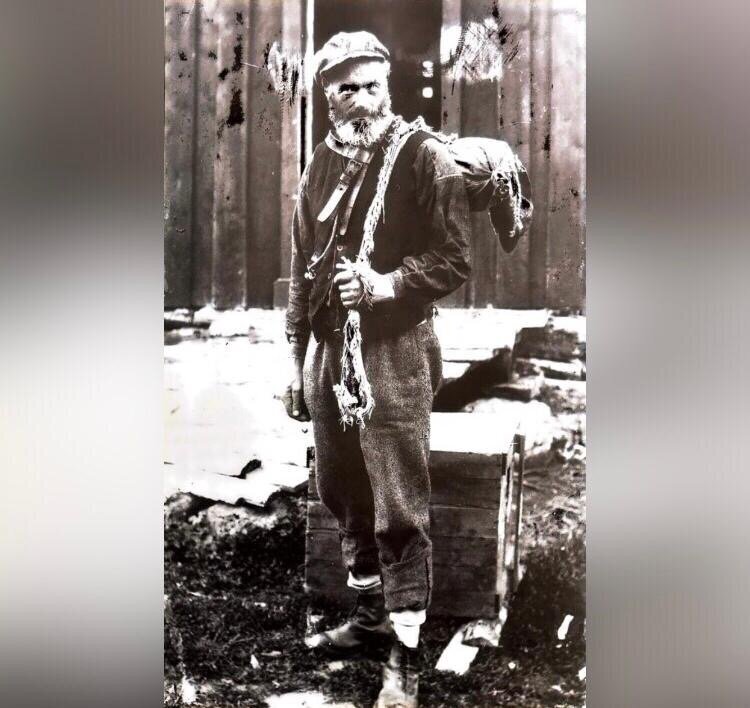Food for Elias
For the 2021 Stokkøyart Residency, the four Central Saint Martins alumni present the culmination of their month-long research and production, where they focused on the structures of storytelling in folk tradition.
Hest-Elias
The group worked with sound, speech, photogrammetry, stone engraving and pewter casting to explore the story of Hest-Elias (Elias the horseman), a local man whose life rejected the norms of society in favour of a commune with horses.
The recurring destination for Hest-Elias was the barn. It remains enigmatic within our interpretation of the story, symbolised by a featureless and dimly lit digital representation of a barn interior, the most familiar space for Hest-Elias.
The project has materialised as a multi-faceted exploration of archetypal motifs within the Hest-Elias story; horses, nomadic walking, caregiving and oral tradition.
As a faux-archaeological process of dissemination and continuation of the story, the footprints, each embellished with a horseshoe, are engraved within the rock formations across the Stokkøya landscape. The engravings aim to instigate magical thinking for those who discover them during chance encounters.
Engaging with a local community group who regularly discuss Hest-Elias, we encountered a story in which he was given twelve pieces of bread that he ate one by one. We worked with the number twelve in creating our own internal logic and reinterpreting his story: twelve pieces of bread, twelve retellings of a song and twelve footsteps placed on the island.
Recording oral retellings of a folk-song about Hest-Elias has been a key process in the production of the work. Sharing the lyrics with local people, we reflected on repetition and transformation by using the breath as a vessel for structuring language within the sound piece, echoing the frameworks of oral tradition.





